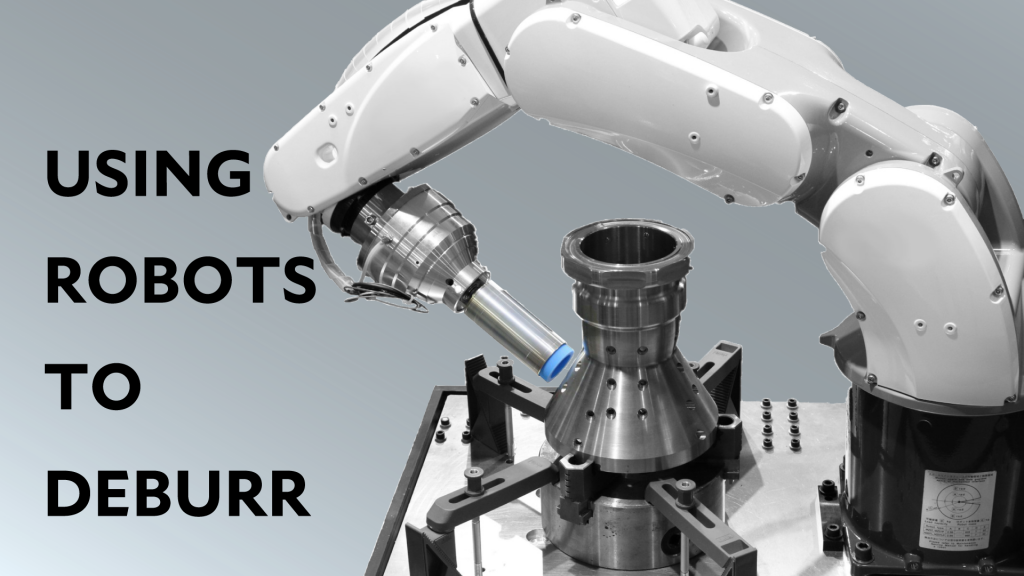
Deburring is an important process influencing product quality in many manufacturing industries. It is often a manual process performed by highly skilled personnel. However, manual processes aggravate competition for the limited pool of skilled workers in the manufacturing sector and there is little opportunity for improving labor efficiency. These circumstances have increased interest in robotic deburring in recent years.
Robots are capable of accurate and repeatable movement, making them ideal for deburring operations. The main benefits of robotic deburring are as follows.
Articulated robots with many axes (degrees of freedom) can approach a workpiece from many angles and orientations. This enables them to accurately deburr workpieces with complicated geometry. Irregular shaped parts are notoriously difficult to deburr uniformly by hand.
Robots can be included in a production line without affecting the flow of workpieces. They can take workpieces from a pickup station, deburr them, and return them to the line for the next operation.
Overall cycle time can be reduced by separating the machining and deburring of parts. The machining center cutting processes can be optimized by deburring parts separately on a dedicated robot.
Robots can operate for long periods, handling heavy and irregular shaped workpieces without additional effort or time loss. This improves productivity. Manual handling of large and complex-shaped parts reduces throughput and increases the chances of accidents in the workplace.
There are several issues which must be addressed before robots can be used for deburring operations.
Robotic deburring eliminates the need for manual deburring personnel. However, personnel must be trained to operate and maintain the robots.
Another issue is machining dust. Robot deburring is usually performed without coolant. This represents a threat to occupational health and safety. Robot deburring stations should be covered and dust collectors installed to collect airborne cutting dust. This increases the initial investment and maintenance requirements of robot deburring stations.
XEBEC Technology’s deburring tools can be used on machining centers and robots alike. Robotic deburring is a viable solution in any of the following situations:
XEBEC Technology develops, manufactures, and distributes tools for automated deburring and chamfering of metal parts. Its innovation in the field of deburring includes the world’s first ceramic fiber brushes and burrless chamfering cutters.